today we started looking for orchids in riverhead, l.i. unfortunately for us, it rained a little last night and warmed up a bit, so it was very humid. our camera lenses fogged up, and took a bit before we could take any pictures that weren't fuzzy. our first stop brought us to a few spiranthes tuberosa, which are tiny orchids that are pure white. I think the cool, cloudy weather this area has had for a while delayed these flowers, as there were nearly a hundred or more a few years ago, but only a few handfuls with few of them with any number of open flowers at all. they really like the warmth, and a few will even grow between the cracks of the pavement. later on we moved on to a spot where there was only one plant of platanthera cristata, and a preserve near montauk that had many platanthera pallida (or platanthera cristata var. or subsp. pallida, depending on your side of the fence), and a good number of threadleaf sundew. later on we made it to another cemetery in eastern connecticut where there were many spiranthes lacera var. gracilis (southern slender ladies tresses) and possibly some spiranthes vernalis. last time the vernalis had very robust flowers, and they look a bit slim to me this year, like they might be hybrids of vernalis and gracilis which is very fine. I didn't see any plants/flowers that really looked to me like the vernalis I had seen before, but it could just be the season.
pics will be split up between two threads
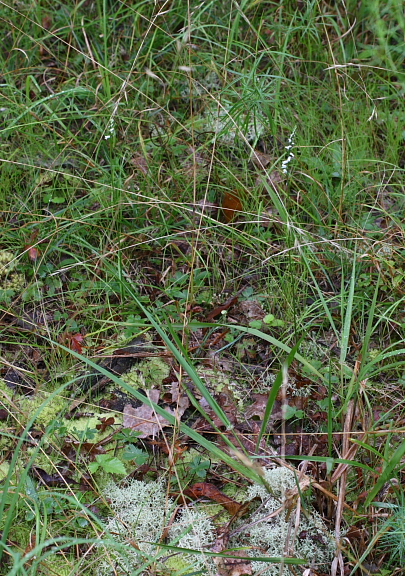
spiranthes tuberosa; barely flowering plants are very hard to see in the grass
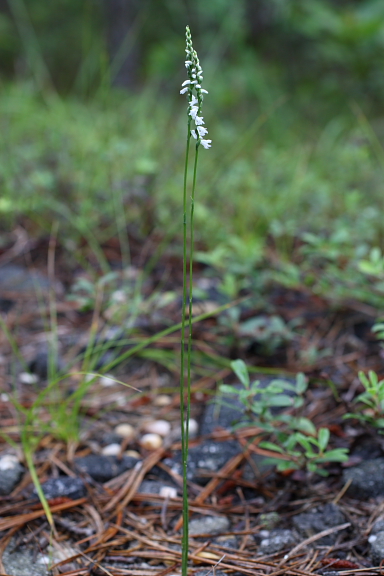
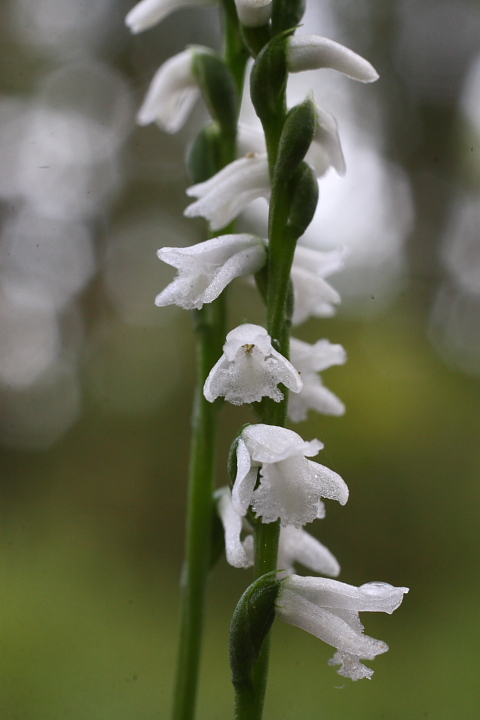
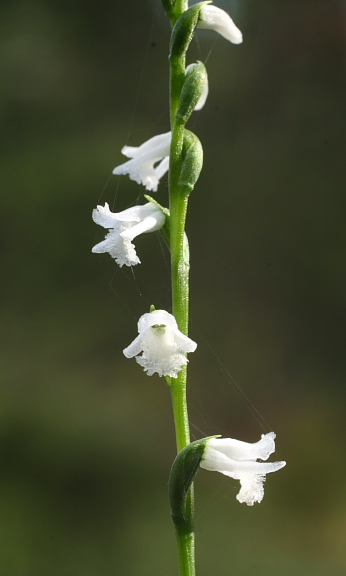
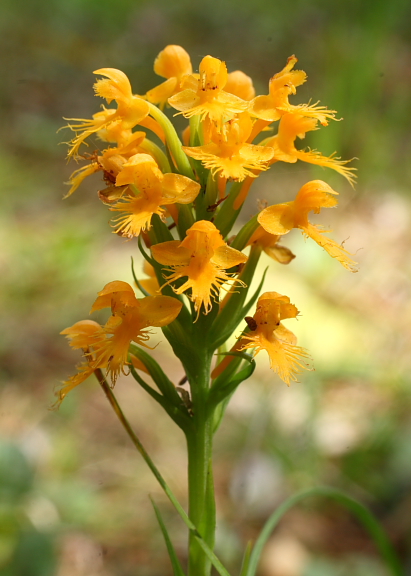
platanthera cristata, single plant next to the road
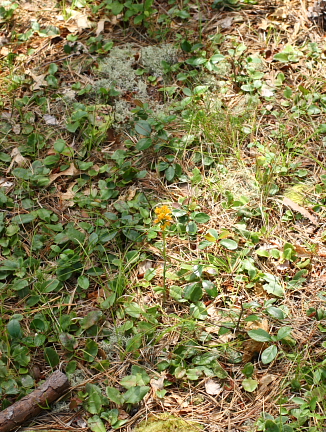
pics will be split up between two threads

spiranthes tuberosa; barely flowering plants are very hard to see in the grass




platanthera cristata, single plant next to the road




